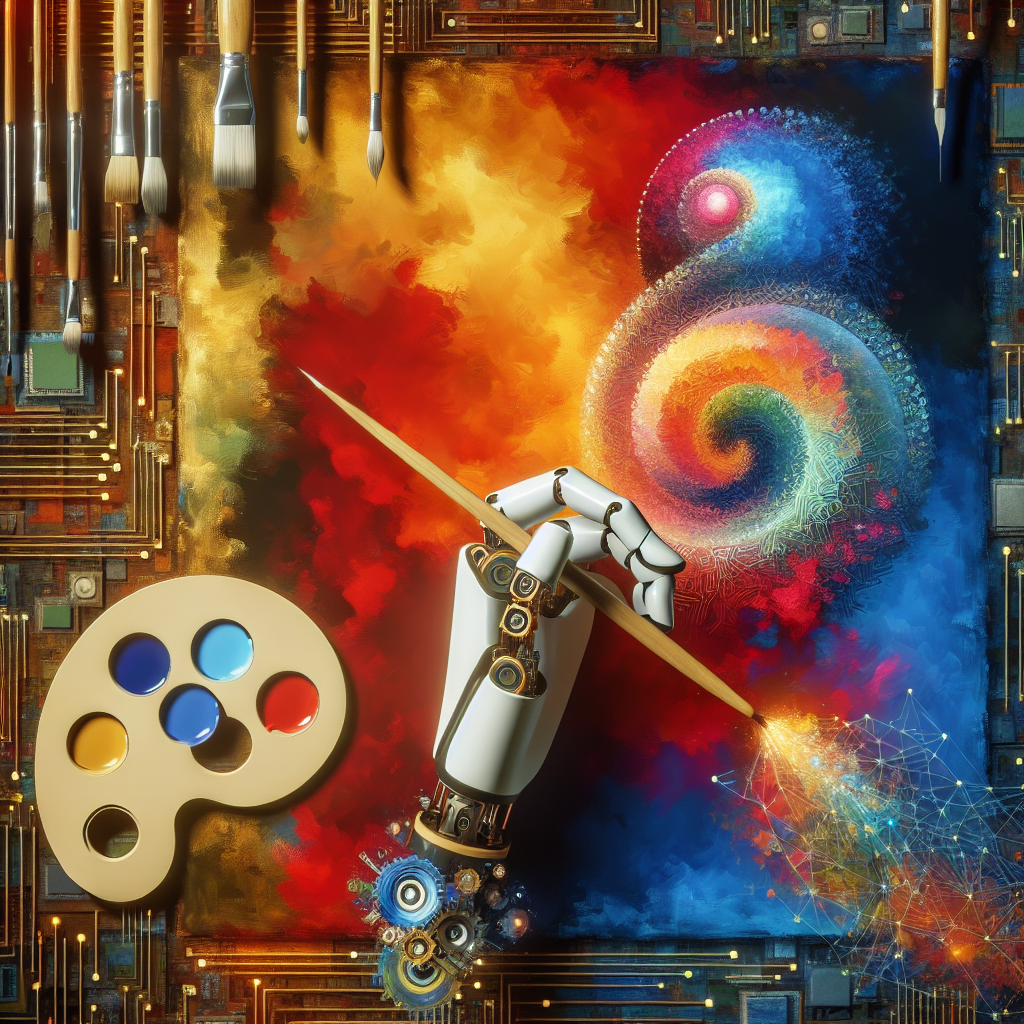Artificial intelligence (AI) has become an increasingly prevalent force in the world of contemporary art, challenging traditional notions of creativity and expanding the boundaries of what is possible in the realm of artistic expression. From creating original artworks to analyzing and interpreting existing pieces, AI is revolutionizing the way we think about and engage with art.
One of the most groundbreaking aspects of AI in the art world is its ability to create original artworks. Generative adversarial networks (GANs) are a type of AI that can generate new images based on a dataset of existing images. This technology has been used to create stunning and thought-provoking works of art that push the boundaries of traditional artistic techniques. For example, the AI-generated portrait “Edmond de Belamy” sold for $432,500 at Christie’s in 2018, sparking a debate about the role of AI in the art market.
AI is also being used to analyze and interpret existing artworks, providing new insights and perspectives on familiar pieces. For example, the Art Genome Project, developed by the online art platform Artsy, uses AI algorithms to categorize and analyze artworks based on their visual and thematic attributes. This allows art enthusiasts to discover new connections and patterns in the art world, expanding their understanding and appreciation of different artistic styles and movements.
Furthermore, AI is enabling artists to experiment with new mediums and techniques that were previously inaccessible. For example, the artist Refik Anadol creates immersive installations using AI algorithms to generate dynamic visualizations of data. These mesmerizing artworks blur the lines between art, technology, and science, inviting viewers to reconsider their perceptions of the world around them.
However, the rise of AI in the art world also raises important questions about the role of human creativity and agency in the artistic process. Some critics argue that AI-generated art lacks the emotional depth and personal touch of artworks created by human hands, while others believe that AI has the potential to enhance and complement the creative process, rather than replace it.
Ultimately, the impact of AI on contemporary art is still evolving, with artists, critics, and audiences grappling with the implications of this rapidly advancing technology. As AI continues to push the boundaries of what is possible in the art world, it is clear that the intersection of art and technology will continue to shape and redefine our understanding of creativity and expression. Beyond the canvas, AI is opening up new possibilities for artistic innovation and exploration, challenging us to rethink the very nature of art itself.


Leave a Reply